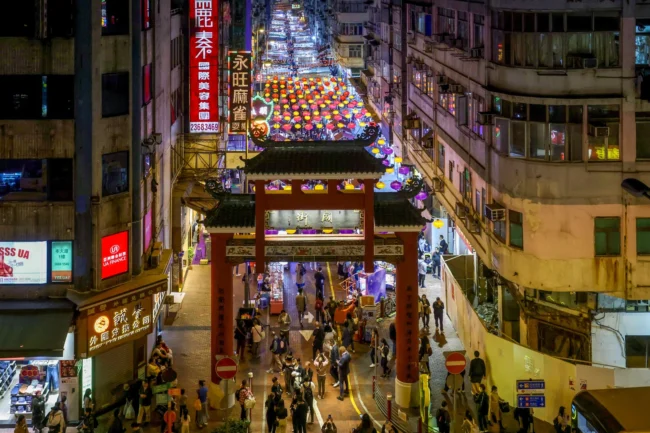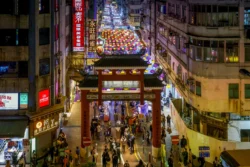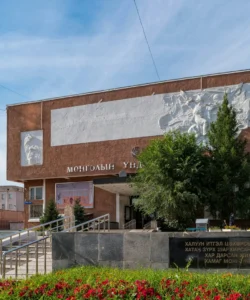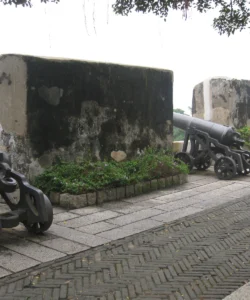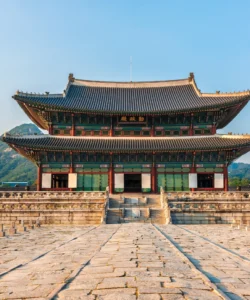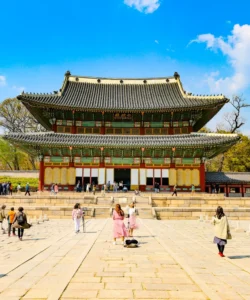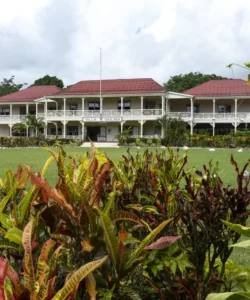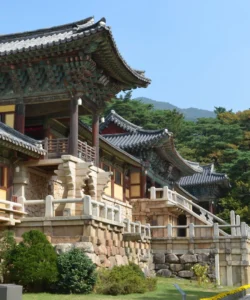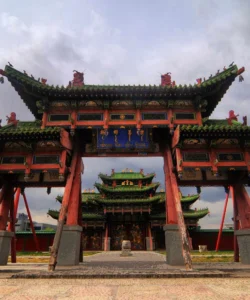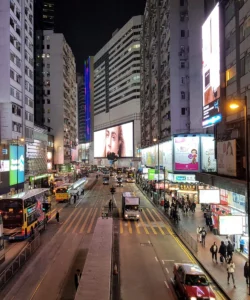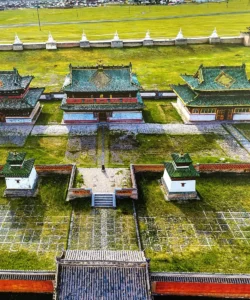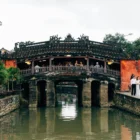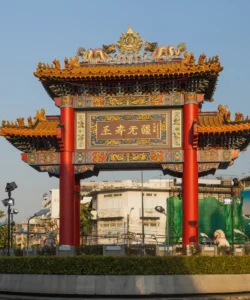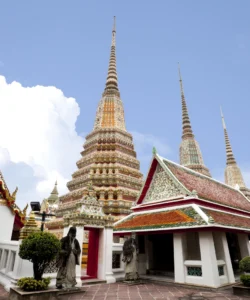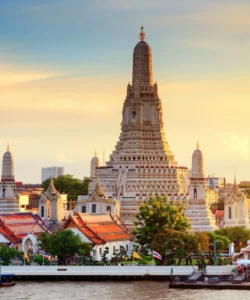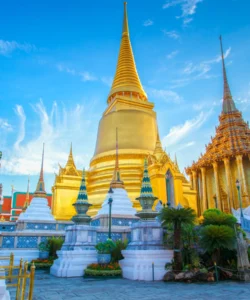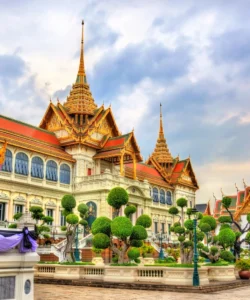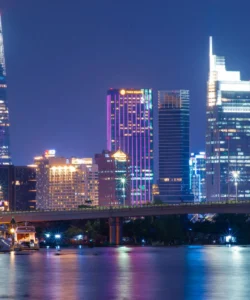The Temple Street Night Market is a legendary open-air street market in Hong Kong, famous for its lively atmosphere, diverse array of goods, and vibrant street food scene. As its name suggests, it truly comes alive after dusk, transforming into a bustling spectacle of neon lights, clamoring vendors, and a unique glimpse into local life.
Name: Temple Street Night Market (廟街夜市, Miàojiē Yèshì)
Address: Temple Street, Yau Ma Tei, Kowloon, Hong Kong. The market stretches for several blocks, primarily between Jordan Road and Kansu Street.
How to get there:
Temple Street Night Market is conveniently located and easily accessible by Hong Kong’s MTR (Mass Transit Railway) and other transport options:
- By MTR:
- Jordan Station (Exit A): This is the most direct and popular exit. After exiting, turn right onto Bowring Street and walk two blocks to Temple Street.
- Yau Ma Tei Station (Exit C): Walk down Public Square Street for about three blocks to Temple Street.
- By Bus: Numerous bus routes serve the Yau Ma Tei and Jordan areas, with stops along Nathan Road or Battery Street, both within easy walking distance of Temple Street.
- By Taxi: Taxis can drop you off on surrounding streets like Nathan Road or Jordan Road, from where it’s a short walk to the market.
- On Foot: If you are staying in the Tsim Sha Tsui or Jordan area, the market is often within walking distance.
Landscape and Architecture:
The “landscape” of Temple Street Night Market is defined by its urban setting and the temporary, dynamic architecture of its stalls:
- Street Market Layout: The market is set up directly on the street, with rows of temporary stalls that are erected in the late afternoon and dismantled late at night. This creates a fascinating transformation of the urban space.
- Neon Lights and Canvas Roofs: At night, the street is illuminated by a cacophony of neon signs from shops and the bright lights from individual stalls, often covered by tarpaulins or canvas roofs, giving it a vibrant, almost chaotic, glow.
- Adjacency to Tin Hau Temple: The market is named after the historic Tin Hau Temple (Kansu Street), located roughly in the middle of the market. This temple, with its traditional Chinese architecture, serves as a more permanent, cultural landmark amidst the ephemeral market.
- Traditional Tenement Buildings: The market is flanked by older, often multi-story tenement buildings, giving a sense of old Hong Kong’s urban fabric.
- Bustling Pedestrian Space: The entire street becomes a lively pedestrian zone, filled with shoppers, diners, and onlookers, creating a dense and energetic atmosphere.
- Open-Air Food Stalls (Dai Pai Dongs): A significant part of the market is dedicated to open-air food stalls and small restaurants that spill out onto the street, with plastic chairs and tables, creating a casual and authentic street dining experience.
What makes it famous:
Temple Street Night Market is famous for:
- Authentic Night Market Experience: It offers one of Hong Kong’s most quintessential and atmospheric night market experiences, often described as a true “slice of local life.”
- Bargain Hunting: It’s a prime spot for bargain hunting, with a vast array of goods including clothing, watches, electronics, luggage, traditional Chinese crafts, jade and antique curios, and souvenirs. Haggling is expected!
- Street Food Paradise: The market is renowned for its diverse and affordable street food, offering local delights like claypot rice, seafood, noodles, roasted chestnuts, and various skewers.
- Fortune Tellers and Opera Singers: Beyond shopping and eating, the market has unique cultural elements. You can find numerous fortune tellers (interpreting palms, faces, or even birds!) and, traditionally, Cantonese opera singers performing in the nearby Public Square Street, adding to its distinctive charm.
- Lively Atmosphere: The sheer energy, sounds, and smells of the market create an immersive and exciting sensory experience, especially after dark.
- Filming Location: Its iconic appearance and vibrant ambiance have made it a popular backdrop for numerous Hong Kong films and TV shows, solidifying its place in popular culture.
Differences from some other wonders:
Temple Street Night Market stands out from many other famous attractions due to its specific characteristics as a bustling, ephemeral urban market:
- Ephemeral Nature: Unlike permanent architectural marvels or natural landscapes, the market is largely temporary and dynamic, setting up and packing down daily. Its “architecture” is fluid and transient, transforming a regular street into a vibrant marketplace each night. This contrasts sharply with fixed structures like the Tian Tan Buddha or Victoria Peak.
- Focus on Local Commerce and Culture: While other wonders might highlight grand history or natural beauty, Temple Street’s fame lies in its celebration of everyday local commerce, street-level culture, and authentic street food. It offers a raw, unfiltered glimpse into a specific aspect of Hong Kong life, distinct from curated museum experiences or scenic viewpoints.
- Sensory Immersion: The market engages all senses – the aroma of street food, the sounds of haggling and conversation, the dazzling lights, and the feel of the crowds. It’s a much more immersive and interactive experience than passively observing a landscape or a monument.
- Bargaining Culture: The expectation and enjoyment of haggling for goods is a central part of the Temple Street experience, a practice largely absent from fixed-price shops in modern commercial centers or attractions.
- After-Dark Transformation: While some attractions have night views, Temple Street’s very essence is its nighttime transformation. It is primarily a night market, whereas many other wonders might be visited during the day or evening. This dramatic shift from day to night is a defining characteristic.
- Combination of Street Food, Shopping, and Esoteric Services: The unique mix of bargain shopping, diverse street food, and the presence of fortune tellers and (historically) opera singers in one location creates a multi-faceted cultural experience that is difficult to replicate elsewhere.
In essence, the Temple Street Night Market is not a static wonder but a dynamic, pulsating spectacle that offers a raw, authentic, and unforgettable taste of Hong Kong’s vibrant street life after dark.
